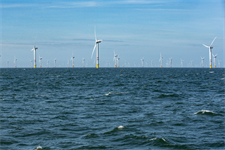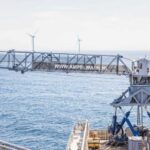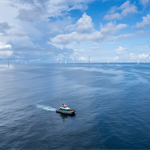Belgium confirms two-sided contract for difference auctions for 3.5GW offshore wind
Energy Disrupter
.png)
Belgian energy minister Tinne van de Straeten said on 2 July that the government is committing to the two-sided model as it seeks to auction three offshore wind sites in the 3.5GW Princess Elizabeth zone in the Belgian North Sea.
Belgium previously used a one-sided CfD model based on a minimum levelised cost of electricity (LCoE). In this model, the government commits to supporting the offshore wind farm in question if market prices dipped below the agreed price, so developers do not lose money.
A two-sided CfD is balanced between the energy producer and the state, where the state guarantees the minimum strike price as before, but with the additional caveat that, should market prices rise above the agreed price, the producer pays the state the difference.
Belgium is currently developing an energy island project with the country’s transmission systems operator, Elia, at the Prince Elizabeth zone. It aims to use the future energy island for the connection of planned offshore wind farms in the area and also as part of a North Sea interconnector project.
“We [will] give Belgian industry direct access to the offshore wind farms. In this way we strengthen the greening of the industry. Through power purchase agreements (PPAs) they can conclude long-term contracts with electricity producers,” van de Straeten said.
















